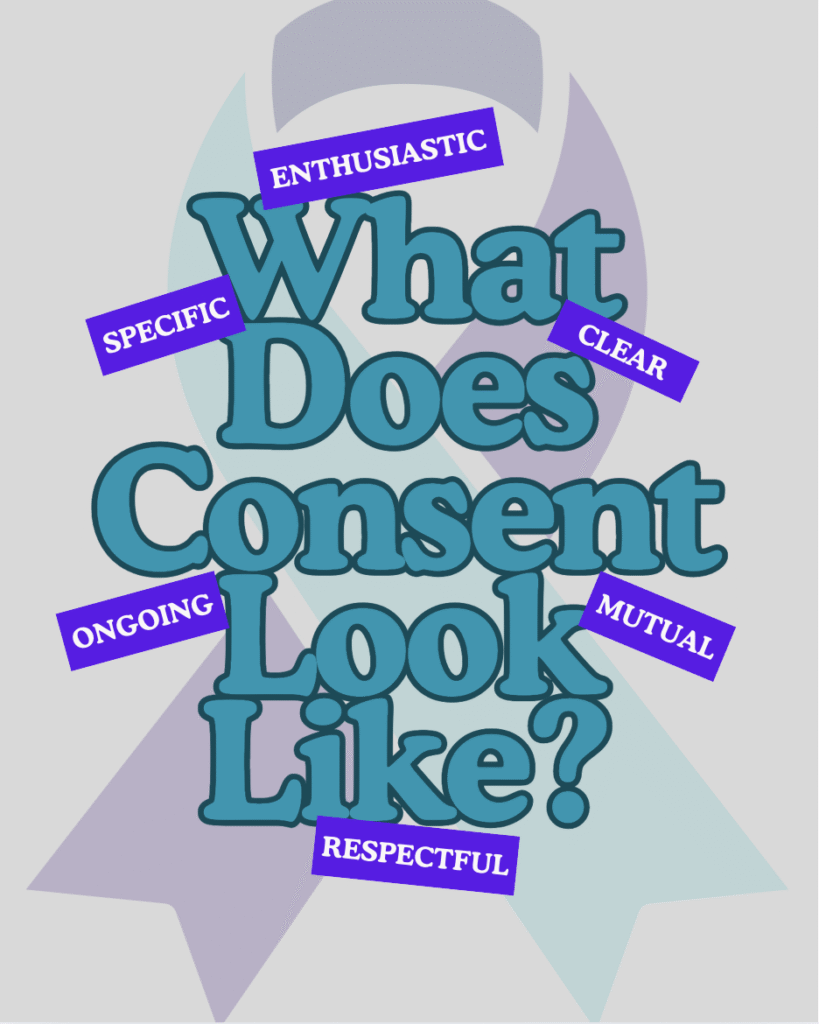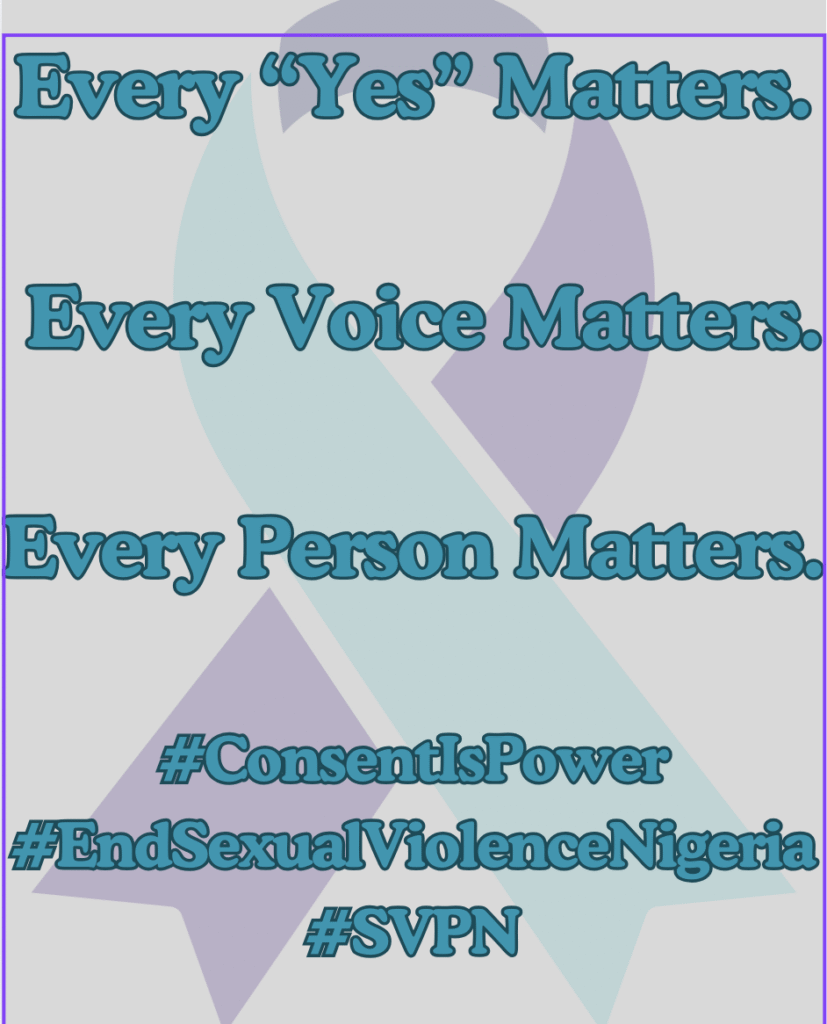
Written by Emily Newborn & Tosin Adebayo, Ph.D.
We often hear the word consent in conversations about sexual education, but what does it actually look like in real life? A common misconception is that if someone doesn’t say “no,” it must mean “yes.” That is absolutely not true.
Consent is not the absence of “no.” Consent is the presence of a clear and enthusiastic “yes.”
Silence, hesitation, or lack of resistance are never forms of consent. Someone may stay quiet because they feel pressured, confused, scared, or unsure of how to respond. In these cases, silence signals discomfort, not agreement.
True consent requires active communication. It looks like asking questions, listening closely, and receiving a clear, unmistakable “yes” before moving forward. A culture that assumes silence is consent leaves room for abuse and harm, while one that insists on clarity creates safety, respect, and trust.
It’s also important to remember that innocence is not consent. A person’s age, lack of experience, or limited knowledge cannot substitute for an informed choice. Real consent comes only from someone who is of legal age, fully understands the situation, and makes a free choice without pressure or manipulation.
Consent is not a one-time check. It must be ongoing and freely given. This means:
- Both partners know exactly what they’re agreeing to.
- Consent is checked in on throughout the encounter.
- No manipulation or coercion is involved.
- Consent can be withdrawn at any time.
In practice, this looks like partners checking in, respecting boundaries, and honoring that “no” means no” even if someone changes their mind after initially saying “yes”.
When we make clear consent the standard, we don’t just create safer encounters. We build healthier relationships and stronger communities rooted in respect, dignity, and care for one another.


